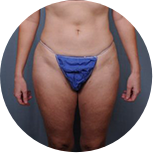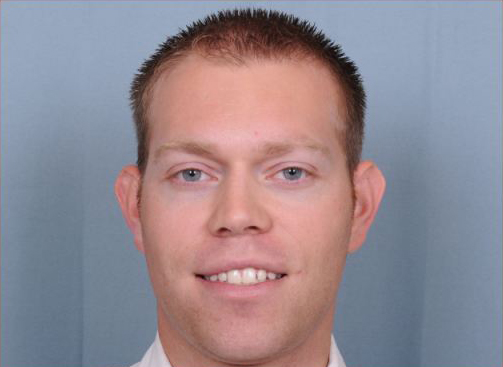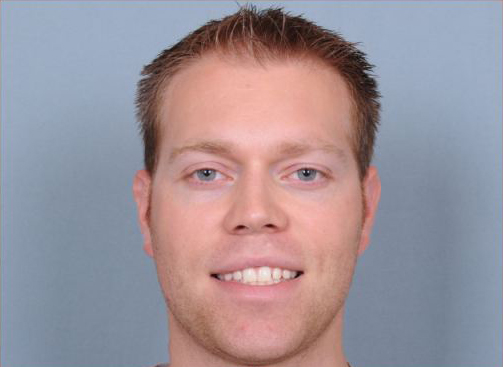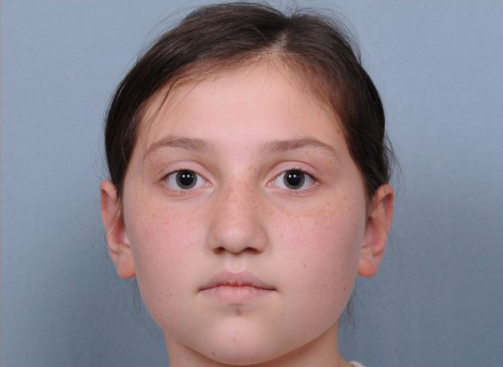Otoplasty
Conveniently located to serve the areas of New Bern, NC

Ear surgery, or otoplasty, is usually done to set prominent ears back closer to the head or to reduce the size of large ears. For the most part, the operation is performed on children between the ages of 5 and 15 but it can be performed on adults as well.
At Zannis Center for Plastic Surgery in New Bern, North Carolina, we specialize in cosmetic ear surgeries for people of all ages throughout our region and beyond. Over his more than 20 years in medicine, Dr. John Zannis has successfully performed more than 10,000 different procedures and given patients satisfying results that bring happiness and confidence into their lives. If you or your child have ears that would benefit from correction, we encourage you to book a consultation with Dr. Zannis and his team.
If you have any questions or would like to speak to one of our specialists directly, then please call us at (252) 633-1197.
Contents
Before and After Photos
About Prominent Ears
The ears play a vital role in framing the face and overall appearance. If ears protrude too much from the head, they can create a sense of imbalance and affect a person’s self-esteem. Children who have prominent ears may experience bullying or teasing, which can have lasting psychological effects. Adults also seek otoplasty for similar reasons; improving ear aesthetics can lead to enhanced self-image and confidence in social situations.
Otoplasty specifically targets the pinna, the part of the ear that protrudes out from the head; what most people think of when they imagine an ear. Protruding ears, known officially as prominauris, are not a life-threatening condition, but they can be a source of ridicule in patients. As such, many parents will elect their child to receive this procedure as soon as their ears are fully formed.
Benefits of Otoplasty
Otoplasty procedures offer patients many benefits, including:
- Effective treatment for prominent ears: The procedure successfully corrects ears that stick out excessively from the head, providing a more natural look.
- Eliminating ridicule and bullying: Children with protruding ears may be highly susceptible to cruel jokes from others. Correcting their ears early on can prevent this from happening and save them from lifelong confidence issues.
- Enhanced confidence: It is hard to feel your best and carry yourself the way you want to when your ears are not what you want them to be.
- Minimally invasive procedure: Most otoplasty techniques require only small incisions, leading to minimal scarring.
- Improved aesthetic balance: Otoplasty creates better proportions between the ears and the face, leading to an overall harmonious appearance.
- Long-lasting results: Once healed, the results of otoplasty can last a lifetime, making it a worthwhile investment.
Candidacy
Individuals considering otoplasty should meet certain criteria to ensure the best possible outcomes. Ideal candidates generally include:
- Children over the age of five or six, as their ear structure is usually well-developed.
- Adults troubled by the size or shape of their ears, particularly if they experience emotional distress related to their appearance.
- Individuals with realistic expectations about the limitations and possibilities of the procedure.
There is no evidence to suggest that otoplasty can cause complications in later ear growth. (1)Ear surgery on adults is possible, and there are generally no additional risks associated with ear surgery on an older patient.
Personal Consultation
Any patient who wants to correct their ears can do so, regardless of the scale of the procedure. We encourage everyone to meet with Dr. Zannis to discuss their concerns regarding their ears. You will first discuss your motivations behind wanting to alter the appearance of your ears. He will then examine them further and take photographs and measurements of your ears and your face. These are important for planning natural-looking, proportionate results. You will also discuss your medical history and review your medications to minimize the risk of complications during your procedure.
Procedure
Ear surgery usually takes about two hours, although more complicated otoplasty procedures may take longer. The technique will depend on the specific issues addressed in the procedure.
Mustarde Technique
One of the more common otoplasty techniques is the Mustarde technique. This method is used to treat an underdeveloped antihelical fold. (2) In this procedure, Dr. Zannis will first gently maneuver the ears to the planned results; this can look like simply pressing the ears backward to lay flatter against the skull or pulling them downward. The operating team will mark the necessary suture points and begin suturing the ear to its desired position with non-removable sutures. Over time, the skin will heal to match these sutures and form a permanent connection.
Furnas Technique
There is also the Furnas technique. This method is employed when there is an overabundance of cartilage in the pinna. In this method, sutures are placed through the cartilage of the ear to pin it to the head. Doctors need to avoid the skin in front of the ears if this method is used. (2)
Davis Technique
Finally, there is also the Davis technique. This may be the simplest method involved in otoplasty, as it does not require any suturing. With this technique, Dr. Zannis will remove the excess cartilage from the ears to sculpt a proportional, desirable appearance. (2)Non-removable stitches are almost always used to help maintain the new shape and encourage the formation of new skin to hold the ear in place. Occasionally, a larger piece of cartilage may be removed or sculpted to provide a more natural-looking fold when the surgery is complete.
Nearly all otoplasty procedures performed by Dr. Zannis will involve a combination of these techniques.
Recovery and Results
After the completion of their otoplasty procedure, the patient’s head will be wrapped in a bandage to promote the best molding and healing. The ears may throb or ache for a few days, but the pain is usually well-controlled by medication.
Stitches in the skin are usually removed or dissolved in about a week unless they are the non-removable kind that is placed to promote skin healing and ear correction. Any activity in which the ear might be bent should be avoided for at least a month. Most adults can go back to work about five days after surgery. Children can go back to school after seven days, but it is immensely important that they are careful about their ears during their playtime and interactions with others.
Dr. Zannis recommends that all patients avoid any strenuous activities or exercise and loud noises for the first week. Any headphones, even those that wrap fully around the ears, should not be worn for at least two weeks. Dr. Zannis also recommends keeping jewelry out of your ears for at least a month. Please do not insert anything into your ears (Q-tips, earbuds, fingers, etc.) for at least a month. It is, however, generally recommended to avoid this entirely; whether you receive an otoplasty or not.
Split Earlobe Repair
Split earlobe repair is another common ear procedure we perform at the Zannis Center for Plastic Surgery. It is usually done in the office under local anesthesia. This is a quick and affordable ear reshaping procedure that is used to correct slits in the earlobes from piercings, tears, or gauged earlobes. Following your split earlobe repair procedure, your recovery time may vary, but we generally recommend patients are cautious with athletic activity and while applying excess pressure to the earlobes for 1 to 2 weeks after surgery.
Cost of Ear Surgery in New Bern
The cost of all our offered procedures can be found on our price list page. Dr. Zannis and his team will give you a quote for your procedure at your initial consultation.
The Zannis Center for Plastic Surgery is also proud to offer various financing options for our patients. You should not have to wait to incorporate happiness into your life through a procedure you need, so we are happy to help you create a payment plan.
Call our New Bern office at (252) 633-1197 to hear more about these options.
FAQ
What happens if my ears grow after my otoplasty?
Human ears are fully grown by age 4 or 5. There is some extremely minute growth that may happen after this up until early adolescence. If your ears grow after your otoplasty, it will only be by an extremely negligible amount and will not affect your results.
Will I have scars on my ears?
Dr. Zannis takes special precautions to minimize any scarring in your procedure. If there is scarring, it will be hidden behind your ears and be very minor.
What about my ear piercings?
You will be required to remove any jewelry during your procedure. Most piercings will be left intact, especially those on the earlobes.
How long does recovery from otoplasty take?
Most patients recover sufficiently to return to daily activities within one week. However, full healing may take several weeks.
References
- Naumann A. Otoplasty – techniques, characteristics and risks. GMS Current Topics in Otorhinolaryngology, Head and Neck Surgery. 2008;6:Doc04. https://www.ncbi.nlm.nih.gov/pmc/articles/PMC3199845/
- Kennedy KL, Katrib Z. Otoplasty. PubMed. Published 2021. https://www.ncbi.nlm.nih.gov/books/NBK538320/
